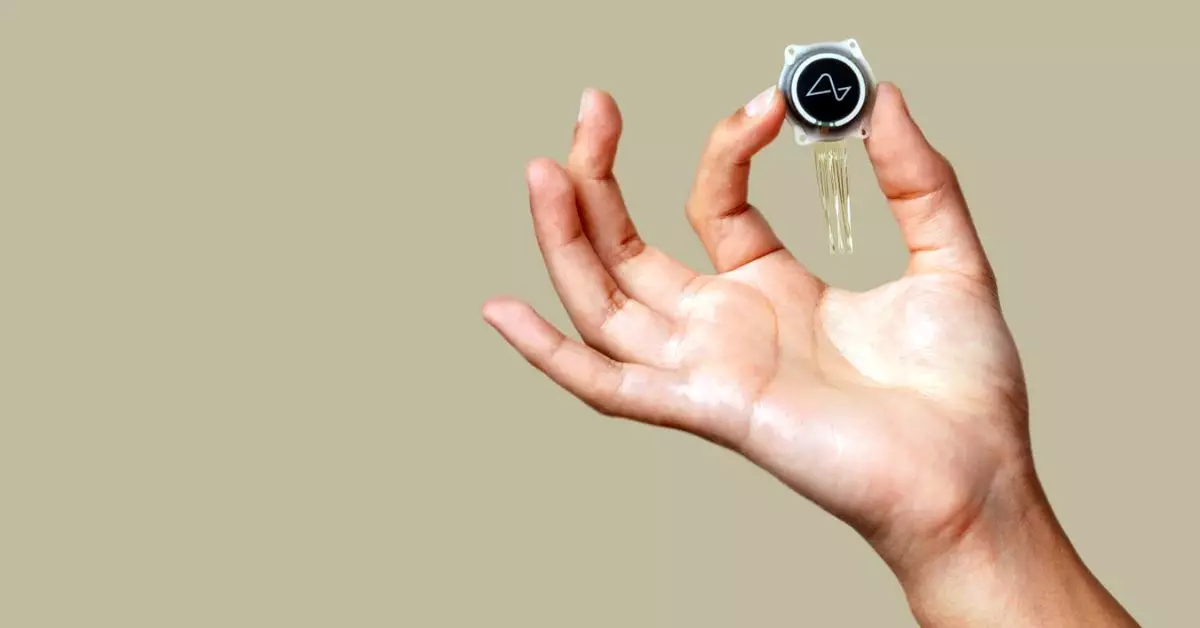Neuralink, the brain-computer interface company founded by Elon Musk, has recently showcased a groundbreaking video demonstrating the capabilities of its neural implant technology. The video features 29-year-old Noland Arbaugh, a patient who was paralyzed from a diving accident eight years ago, using the Neuralink implant to control a mouse cursor and play a game of chess. This development has opened up possibilities for individuals with paralysis to regain control and independence through innovative technology.
Arbaugh describes his experience with the Neuralink implant as akin to harnessing the Force from the Star Wars franchise, enabling him to effortlessly control the cursor by simply staring at the screen. The ability to play games like chess and Civilization VI for extended periods demonstrates the transformative impact of this technology on enhancing quality of life for individuals with physical disabilities. While earlier iterations of brain-computer interfaces existed, Neuralink’s wireless data transmission sets it apart from the rest, offering a seamless and efficient user experience.
Neuralink faces competition from companies like BlackRock and Synchron, which have also developed brain-computer interfaces to empower paralyzed patients. While Synchron’s less-invasive approach may offer advantages in certain aspects, Neuralink’s ability to gather extensive neural data sets it apart in terms of performance and functionality. Paradromics and Precision Neuroscience are also entering the fray with their own brain implant technologies, signaling a competitive landscape in the field of neural interfaces.
Despite the promising advancements in neural technology, Neuralink has come under scrutiny for the transparency of its clinical trials. Critics have raised concerns about the lack of clear information regarding the number of subjects involved and the specific outcomes being assessed. Additionally, reports of complications in previous experiments on monkeys, including the need for euthanasia due to severe health issues, have sparked ethical debates surrounding the company’s research practices.
While Neuralink is currently positioned as an assistive technology for individuals with disabilities, Elon Musk has expressed ambitions to expand its application to enhance the capabilities of healthy individuals. The long-term implications of widespread neural implantation raise ethical concerns about privacy, security, and potential misuse of the technology. As Neuralink ventures into uncharted territory, the balance between innovation and ethical responsibility remains a critical challenge.
Neuralink’s recent breakthrough in demonstrating real-time control of a cursor through a brain implant represents a significant leap forward in the field of brain-computer interfaces. The fusion of technology and neuroscience holds immense potential in improving the lives of individuals with disabilities and unlocking new possibilities for human enhancement. As Neuralink continues to push the boundaries of innovation, it is imperative to address ethical considerations and regulatory frameworks to ensure the responsible development and deployment of neural technologies in society.


Leave a Reply